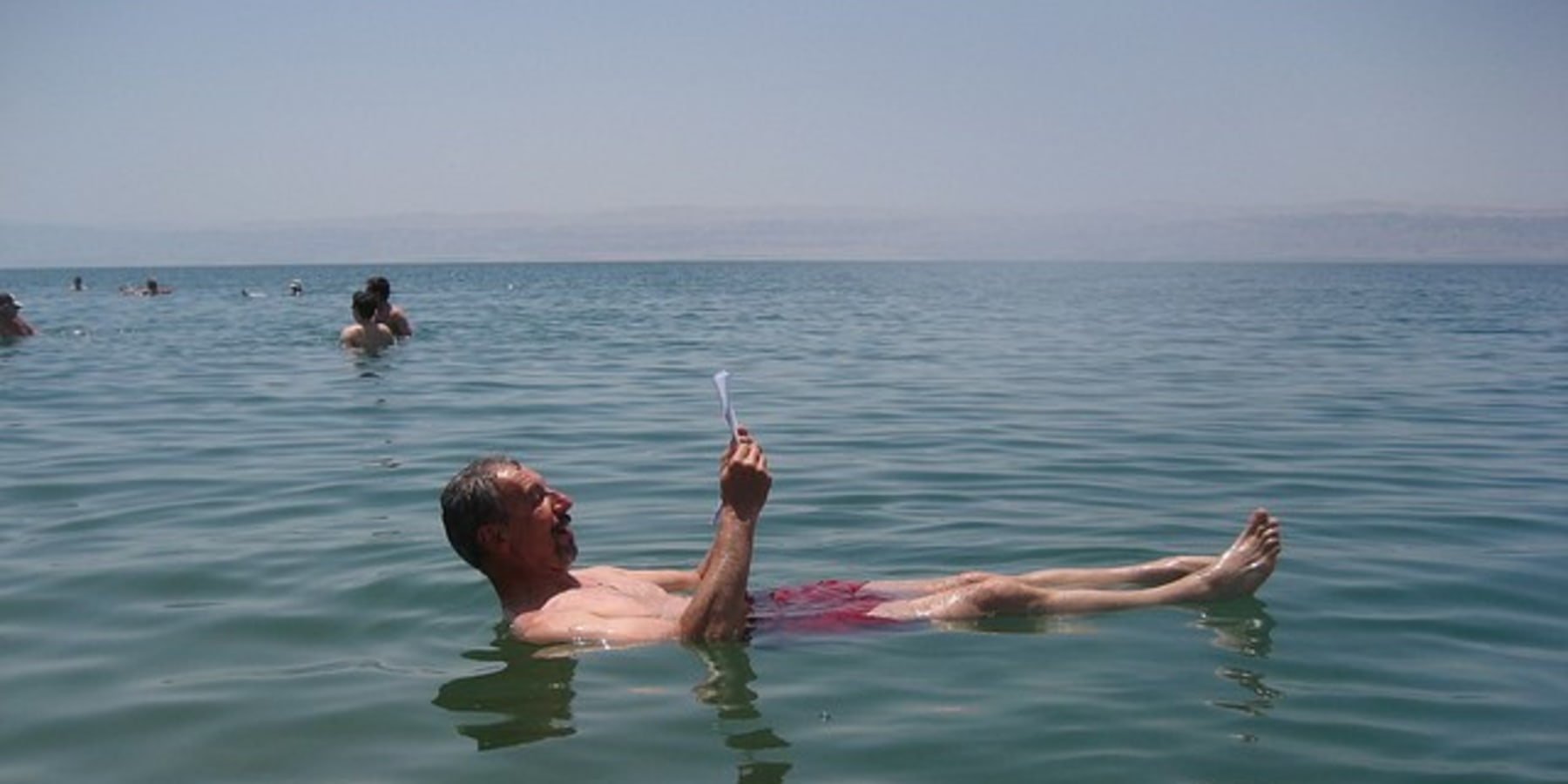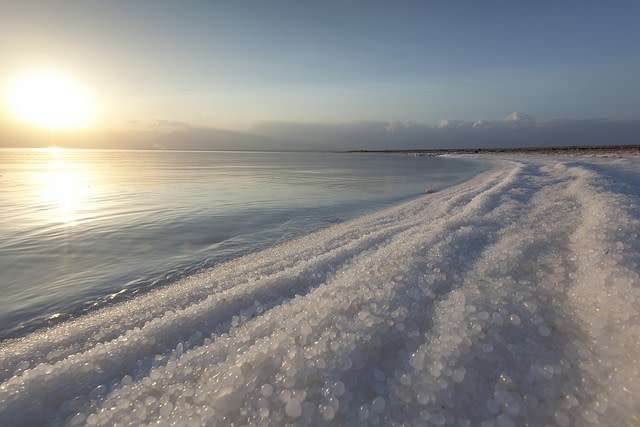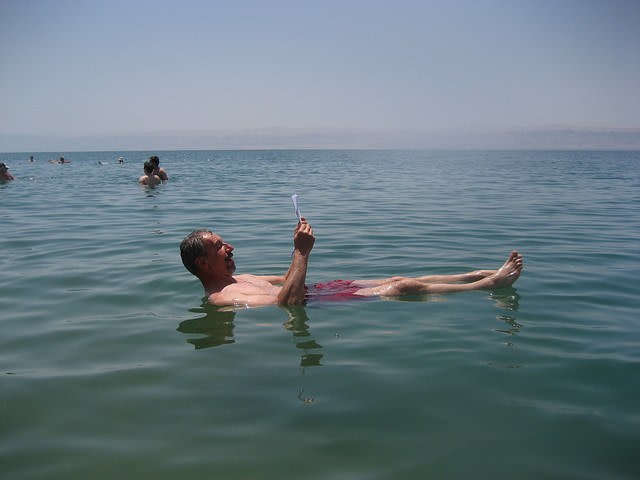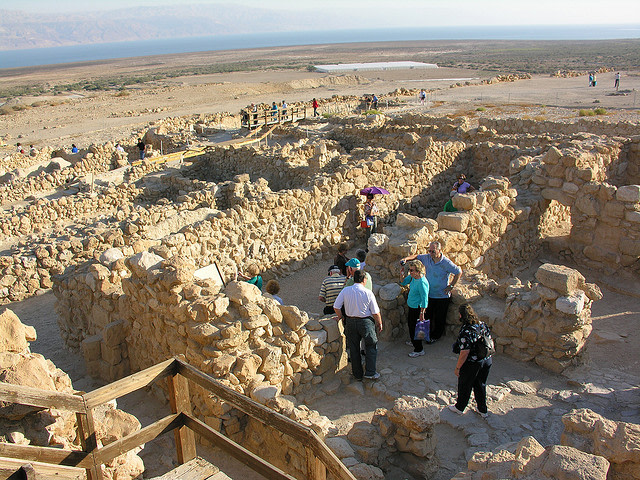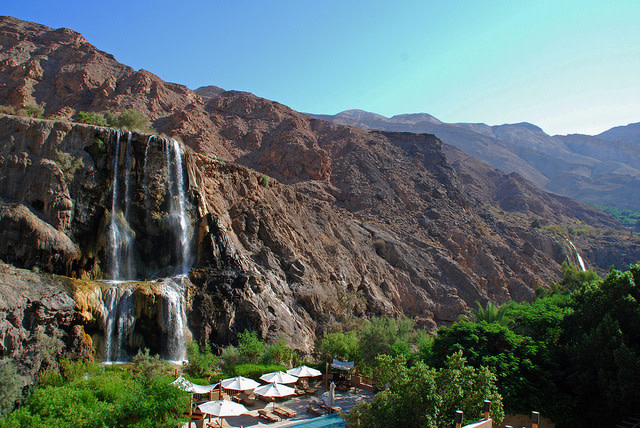| 4 mins read
The Dead Sea is by far one of the world’s most interesting and bizarre destinations to visit. Sitting at 400 meters below sea level, it is the lowest point of any landmass on the entire globe. Scientifically explained, the amount of water that evaporates from the Dead Sea is greater than the amount of water that enters the sea (which is not actually a sea at all, but a lake), which is why the salinity is astonishingly high. In fact, the salt content of the Dead Sea (30% to be exact) is what gives it the name “Dead”; no form of life can exist in the Dead Sea’s waters because they are just too salty. But this salty-nature of the Dead Sea is exactly what attracts tourists to its waters from all over the world.
What’s So Great about the Dead Sea?
The waters of the Dead Sea are amongst the world’s most unique. Thanks to its high salinity, people cannot actually swim in them… they can only bob. When you walk into the waters, your feet and shoulders will rise to the surface and leave you bobbing, as if you’re holding on to a floatation device. Bobbing in the waters (and getting the token photograph) is truly one of the most amazing (and popular) things to do in the Dead Sea.
Swimmers take note: The salty nature of the water does not mix well with recent shaves, open cuts or the eyes- take necessary precautions! Also, the bottom of the sea can be quite rough on the feet, so it’s advised to wear some sort of water shoe when you’re going in.
Alongside the fact that it’s fun and quite unusual, the Dead Sea’s waters are also known for their remedial qualities. Both the salts and natural minerals that are found in the water have been proven to alleviate many a skin disorder. Alongside the Dead Sea’s waters, the surrounding mud is another place where visitors find dermatological solace. Thanks to the sulfur-rich grounds (plus a number of other therapeutic minerals) tourists suffering from eczema, psoriasis and other skin diseases find all-natural cures within the black muck (which they coat themselves in, bake in the sun and rinse off in the equally therapeutic waters). As if the waters and mud aren’t therapeutic enough, the Dead Sea is also one of the best places in the world for natural UV treatment. The sun’s harmful UV rays are filtered by the clouds of salt hovering over the area (plus the ultra low-lying location), meaning safe tanning for all its visitors; truly a natural wonder!
When should you go? Though the Dead Sea can be visited year round, the temperatures may be a factor in when you’d like to go. Though the UV rays are not as strong in the area, the sun is still extremely hot during the summer (June-August). If you’d prefer cooler temperatures, March-May or October-November are the best times to visit.
Activities, Sites and Destinations Surrounding the Dead Sea
Wondering what to do when you’ve finished your Dead Sea dip? Hop across to the archaeological site of Qumran, just a mile northwest of the Sea where the world’s oldest bible was discovered only 70 years ago (also known as the Dead Sea Scrolls). Also bordering the Dead Sea’s western coast are the Ein Gedi Nature Reserve and Mount Sodom- two stunning natural attractions where visitors can hike or bike around pre-cut trails.
To the east, lies the Kingdom of Jordan, and many a Dead Sea tour guide would recommend a foray into visiting some of its fantastic natural and historic sites. From Therapeutic beaches, the famous hot springs of Ma’in, the baptismal site of Christ and Mount Nebo to the Mujib Reserve (the lowest nature reserve in the world) and the historic town of Madaba, Dead Sea tourists will have a number of great day trips at their fingertips.
Image Details and Licenses: https://flic.kr/p/dXqNHJ (israeltourism, CC BY-SA 2.0), https://flic.kr/p/bgq6EV (Arian Zwegers, CC BY 2.0), https://flic.kr/p/fRUVQN (FLASHFLOOD®, CC BY-NC-ND 2.0), https://flic.kr/p/aikyB2 (Rob, CC BY 2.0), https://flic.kr/p/7v1zmJ (Steve Conger, CC BY-NC-ND 2.0), https://flic.kr/p/aiksKM (Rob, CC BY 2.0)

